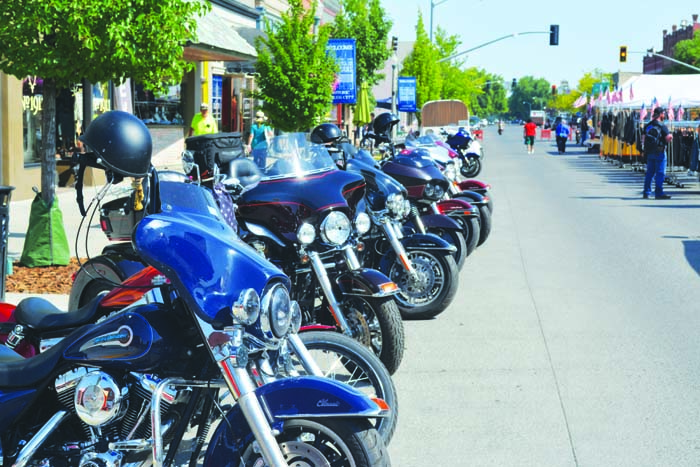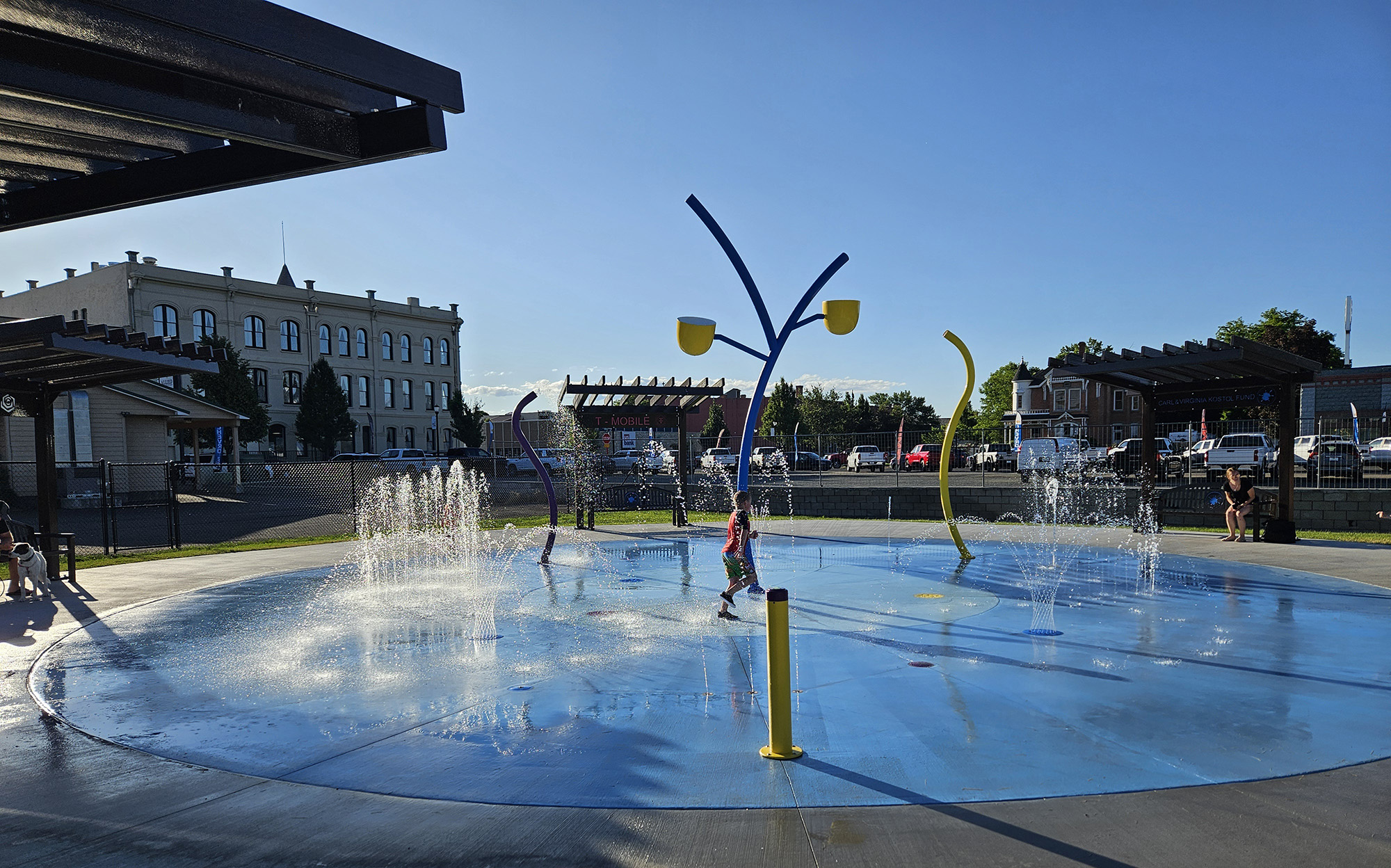COLUMN: Empty courts: Recalling the pandemic’s start
Published 12:30 pm Friday, March 10, 2023
Before masks, before the ubiquity of hand sanitizer and before I knew who Anthony Fauci was or how to pronounce his last name, there was basketball.
For me the beginning of the pandemic will forever be linked with that sport.
With the Baker High School girls team, specifically.
Their ordeal, which happened almost two months before we had official confirmation that the dread virus had invaded our county, was one of the earlier local stories in which the word “coronavirus” was prominently featured.
That was three years ago.
A curious period, three years — a sort of chronological chameleon.
Right now, three years hence seems to me impossibly distant, much as summer break felt when I was a child walking out of school on the final day of classes.
Unfathomable in its duration.
Yet three years ago seems not so terribly long.
Even though so much that happened in the intervening months exceeded my capacity to imagine. The ordeal that afflicted the Baker girls basketball team in March 2020 was noteworthy in large part because of what the team had accomplished the year before.
In 2019 the Bulldogs won the school’s first girls state basketball title.
In 2020 Baker seemed to have an excellent chance to duplicate that feat. The Bulldogs were 24-2 after routing Gladstone 53-31 in a Class 4A playoff game on March 6 in the Baker gym.
(There wouldn’t be another official game played there for more than a year.)
The Bulldogs were slated to open the eight-team state tournament at Forest Grove against Valley Catholic at 8:15 p.m. on Thursday, March 12, 2020. Baker had beaten Valley Catholic 66-34 earlier in the season, so the Bulldogs were a favorite to advance to the semifinals at least.
But at the moment Baker and Valley Catholic were supposed to tip off their game, the Bulldogs were instead headed back to Baker City.
The game — indeed, the entire tournament — was canceled due to the virus that almost nobody who isn’t a doctor or epidemiologist had heard of.
I interviewed Baker’s coach, Mat Sand. He described how, while driving along Interstate 84, he glanced at the clock as it read 8:15 — tipoff time. The cancellation seemed to me especially cruel because, although everyone by March 12 was aware of the virus, it seemed that the games at least would be played, even if the situation was decidedly unusual.
The Oregon School Activities Association had announced the day before, on March 11, that spectators wouldn’t be allowed at the tournament games.
Disappointing to the parents, classmates and friends who had traveled to Forest Grove, obviously.
But as Sydney Younger, one of Baker’s seniors along with Anna Carter, Lauren Benson and Isabella Nemec, told me, “we got together as a team and said we can do this, we’ve got to be loud on the bench.”
Hours later the Bulldogs, and the seven other teams preparing to play at Forest Grove, learned that they wouldn’t even get that chance.
“It’s kind of a surreal moment,” Sand told me.
Surreal.
A word that got quite a lot more exercise in those days than basketball players did.
A word that probably occurred to most of us on those strange spring days, when schools and restaurants closed and so many aspects of normal life were anything but.
We have of course learned quite a lot about the virus, and about our reactions to it, in the ensuing three years.
There is considerable and credible evidence that the restrictions imposed by government officials caused more harm — mental, physical and economic — than they protected us.
These assessments obviously were made with the immense benefit of hindsight, a luxury not available to officials in the spring of 2020, when people were dying and we had neither a vaccine nor reliable treatments.
The more compelling complaint, it seems to me, is that some officials, including Oregon Gov. Kate Brown, failed to respond with reasonable speed to the ever-growing mass of data which showed the dramatic difference in risk the virus posed to groups of people. Within just a few months it was beyond question that for the vast majority of people younger than 70 — and even many above that age — the virus was highly unlikely to cause severe symptoms, much less life-threatening illness.
The state kept schools closed longer than they needed to be, and maintained mask mandates which comprehensive studies have shown had little if any benefit in stemming the spread of the virus.
Some officials, including President Biden, also exaggerated the efficacy of COVID-19 vaccines. Although I agreed with their efforts to encourage people to be vaccinated, their failure to concede the vaccines’ waning ability to prevent infection — even as they continued, and still do, to significantly reduce the chances of severe illness or death — diminished trust in public health.
Yet the people who have tried to capitalize on that, who have made patently ridiculous claims about the side effects of the vaccines and discounted their indisputable benefits, have done even more harm.
COVID-19 — or the coronavirus, as we knew it in those early days — remains with us, of course.
Undoubtedly it will be here for decades.
But three years on it is gratifying to consider how much we have accomplished.
Compared with March 2020, life is exceedingly normal.
We can eat in restaurants — and enjoy our meals with no inflated dread about the droplets expelled by other diners.
And the Bulldogs can play basketball.







